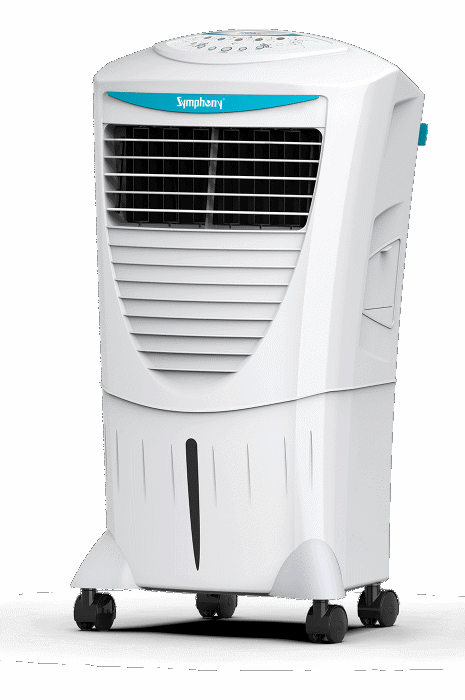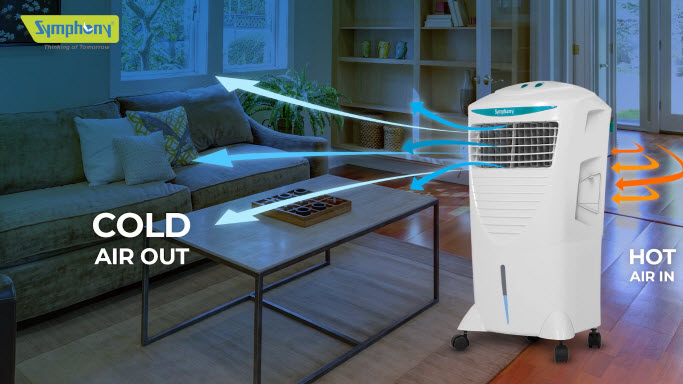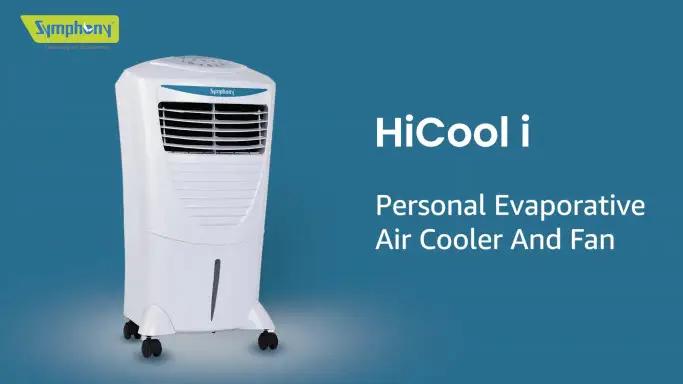Evaporative cooling technology, often heralded as a sustainable alternative to traditional air conditioning, utilizes the natural process of water evaporation to cool indoor air. This method is not only energy efficient but also environment friendly as it reduces the reliance on chemical refrigerants. Its application in sustainable building designs is increasingly important as architects and builders look for ways to minimize energy consumption and reduce the carbon footprint of new constructions.
Evaporative Cooling: A Natural Process
At its core, evaporative cooling operates on a simple principle: air passing over water can cause the water to evaporate, lowering the temperature of the air. This process uses significantly less electricity compared to conventional air conditioning systems, making it an attractive option for green building projects. Moreover, the simplicity of the technology allows for low maintenance costs and easy integration into various architectural designs.
Benefits in Sustainable Architecture
The integration of evaporative cooling systems into sustainable building designs provides numerous environmental benefits that are both impactful and essential for the future of construction. By significantly reducing electricity consumption, particularly during peak temperature periods, these systems help decrease a building’s overall energy demand. This reduction in energy use not only lowers operating costs but also diminishes the strain on the power grid, contributing to energy stability in local communities. Furthermore, evaporative cooling technology does not rely on chemical refrigerants, which are often associated with ozone depletion and global warming potential.
This absence of harmful refrigerants aligns with the growing commitment within the construction industry to adopt more environment-friendly practices and technologies. As a result, buildings equipped with evaporative cooling systems are better positioned to meet stringent environmental standards and certifications, enhancing their marketability and appeal. The use of natural processes, like the evaporation of water, also promotes a healthier indoor air quality, which is increasingly valued in architectural design. Collectively, these benefits underscore the importance of evaporative cooling in the evolution of sustainable architecture, making it a key component in the pursuit of ecological responsibility and energy efficiency in modern building practices.
Design Considerations for Effective Use
Effective implementation of evaporative cooling in architectural designs necessitates strategic consideration of various factors, with climate and building orientation being paramount. For optimal performance, this technology thrives in environments characterized by low humidity and high ambient temperatures, which accelerate the natural evaporation process essential for cooling. Architects aiming to leverage this eco-friendly technology must therefore meticulously plan building layouts to maximize air flow. This can involve designing structures with features such as open atriums, which create a central space allowing hot air to rise and escape, or ventilated facades that promote cross-ventilation to enhance the air’s capacity to absorb moisture. Additionally, the positioning of windows, doors, and other openings should be aligned with prevailing winds to facilitate the movement of air throughout the building. Such design elements not only improve the efficacy of evaporative cooling systems but also contribute to the overall energy efficiency of the building. This holistic approach to architectural design ensures that evaporative cooling systems operate effectively, providing comfortable indoor environments while minimizing energy consumption and supporting sustainable building practices.
Recent Innovations and Technological Advancements
Recent innovations in materials science and digital technology have significantly enhanced the efficiency and adaptability of evaporative cooling systems. These advancements include the development of advanced pad materials, which are engineered to maximize water absorption and evaporation rates, thereby improving the overall cooling effectiveness of the systems. These materials often feature higher porosity and increased surface area, which allow for greater air contact and more efficient heat exchange. In addition to material improvements, the integration of smart digital controls into evaporative cooling systems marks a significant leap forward. These smart systems are designed to automatically adjust operational settings in response to real-time data on weather conditions and indoor temperature demands. By utilizing sensors and IoT technology, these systems can dynamically regulate cooling intensity and energy use, optimizing comfort while minimizing energy consumption. This ability to adapt to environmental changes not only boosts performance but also enhances the sustainability of the technology, making it an increasingly attractive option for modern sustainable building projects. These technological enhancements ensure that evaporative cooling remains at the forefront of green building solutions, offering a responsive and environmentally friendly alternative to traditional cooling methods.

The Future of Evaporative Cooling in the Building Industry

As the building industry shifts increasingly towards sustainability, evaporative cooling is poised to become a cornerstone technology in future architectural design. Ongoing research and technological improvements are continuously broadening the applications of evaporative cooling, enhancing its efficiency and adaptability across various climates and building types. Innovations such as more effective moisture-absorbing materials and smarter, adaptive control systems that optimize energy use in real-time are making evaporative cooling more appealing. Moreover, as regulatory pressures and environmental standards become more stringent, the demand for sustainable building solutions like evaporative cooling is expected to surge. This trend is supported by increasing awareness of the need for greener alternatives among consumers and businesses alike.
Conclusion
Evaporative cooling, including the innovative technology of Evaporative Air Coolers, represents a powerful tool in the arsenal of sustainable building technologies. Its ability to lower temperatures naturally, reduce energy consumption, and operate without harmful chemicals aligns perfectly with the goals of sustainable architecture. As the industry advances, the continued innovation and adoption of evaporative cooling technologies, such as the Evaporative Air Cooler, will be critical in shaping the environmentally friendly buildings of the future.
FAQs – Evaporative Air Cooler Technology
Role of Evaporative Air Cooler Technology in Sustainable Architecture
Why evaporative cooling is considered sustainable?
It uses significantly less electricity and does not rely on chemical refrigerants, which are harmful to the environment.
Where is evaporative cooling most effective?
This cooling method works best in dry, hot climates where the air can absorb more moisture through evaporation.
How is the building design adapted to optimize evaporative cooling?
Buildings need to be designed to enhance natural air flow and may include features that support effective air circulation and cooling.
